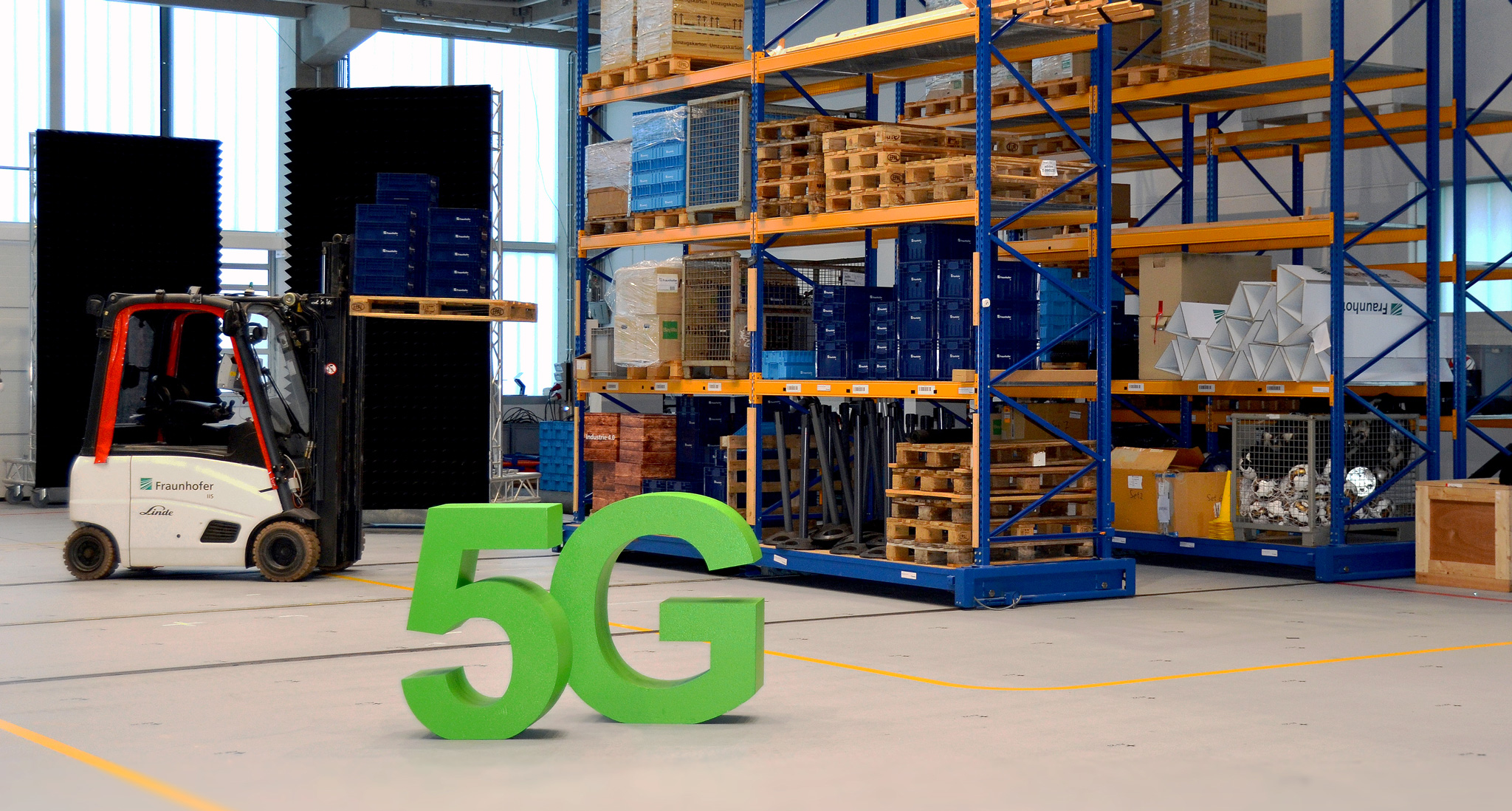Precise positioning plays a key role in the Internet of Things and particularly in semi-automated and autonomous systems in industry. The availability of reliable positioning information is therefore an essential factor in the success of Industry 4.0. One solution is to build and operate 5G infrastructures not only for communication but also for positioning applications.
Existing mobile communication standards such as 3G and 4G/LTE were developed primarily for voice and data communication. Indeed, support for positioning applications was only driven forward by statutory requirements – for example, in relation to localizing emergency calls. This is currently achieved using the following methods:
- Enhanced cell ID (E-CID) can locate mobile devices by identifying a cell, providing approximate location information that can be enhanced by analyzing additional delay information.
- UTDOA (uplink time difference of arrival) and OTDOA (observed time difference of arrival) can determine the position of a mobile device by measuring the time delay.
At best, these methods have permitted accuracies of between 20 and 50 meters over existing mobile networks.

